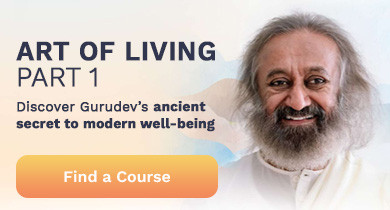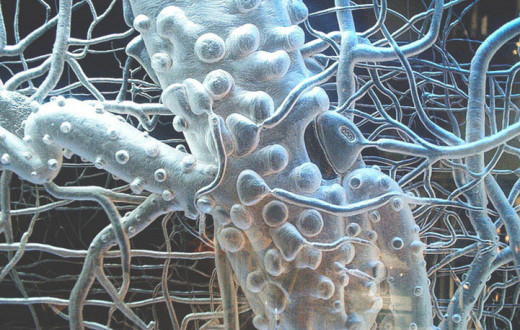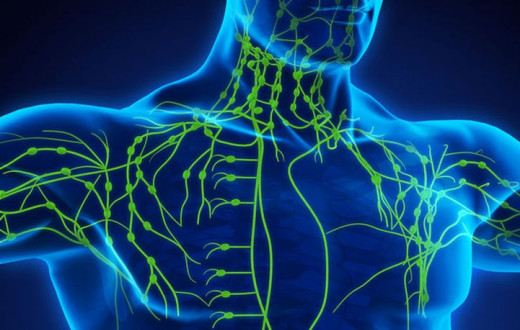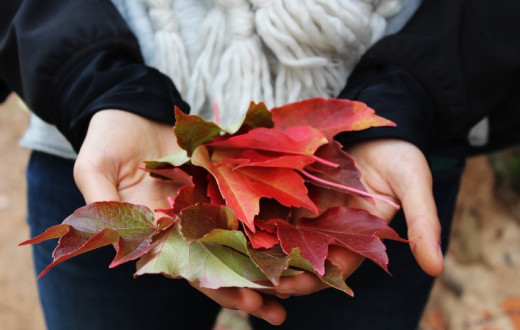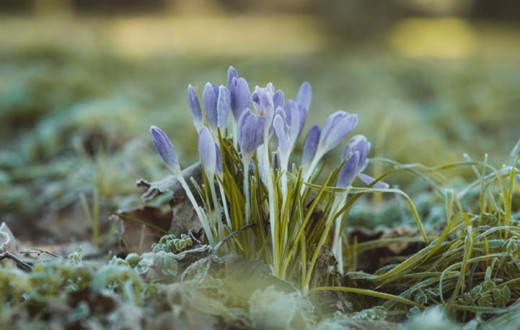Tamarind – A Nutritional Powerhouse
Tamar hindi or Indian date was the evocative name given by Persians and Arabs to the commonly found tamarind. Within the brittle, brown pod is a fleshy acid fruit that contains tartaric acid and pectin.
Alternate Names
Botanical name: Tamarindus indica
English: Tamarind
Sanskrit: Amlaka
Hindi: Imli
Benefits
Tamarind is commonly used as a flavoring in regional cuisine in Maharashtra, Tamil Nadu, Karnataka and Andhra Pradesh when preparing Rasam, Sambhar, Vatha Kuzhambu and Puliyogare and so on. And no mouth-watering chaat is complete without the ubiquitous imli chutney. Even the tamarind flowers are used to make delicious dishes.
Its leaves are cooling and anti-bilious, and help to destroy worms in the stomach. Further, the leaves are also useful in treating jaundice, while the bark serves as an astringent. The pulp of the fruit is digestive cooling, laxative and anti-septic.
Practical Applications
- Digestive disorders: An infusion of the pulp prepared by softening it in water can be consumed to overcome bilious vomiting, constipation, indigestion, and loss of appetite.
- Scurvy: Caused due to a deficiency of Vitamin C, scurvy results in spots on the skin, spongy gums and bleeding from the mucous membranes. Tamarind pulp, being rich in Vitamin C, is valuable in preventing scurvy.
- Common Cold: Prepare tamarind-pepper rasam by boiling diluted tamarind with a teaspoon of black pepper powder for a few minutes. Apart from being a perennial favorite, rasam is a much-favored home remedy for colds in South India.
- Dysentery: The tamarind drink is extremely helpful in treating dysentery.
- Inflammation of joints: Crush tamarind leaves in water and make a bandage. Applying this to the inflamed part of the joint and ankles lessens the swelling and pain.
This piece was written by Dr. Nisha Manikanthan, Senior Ayurveda Consultant of the Art of Living.
